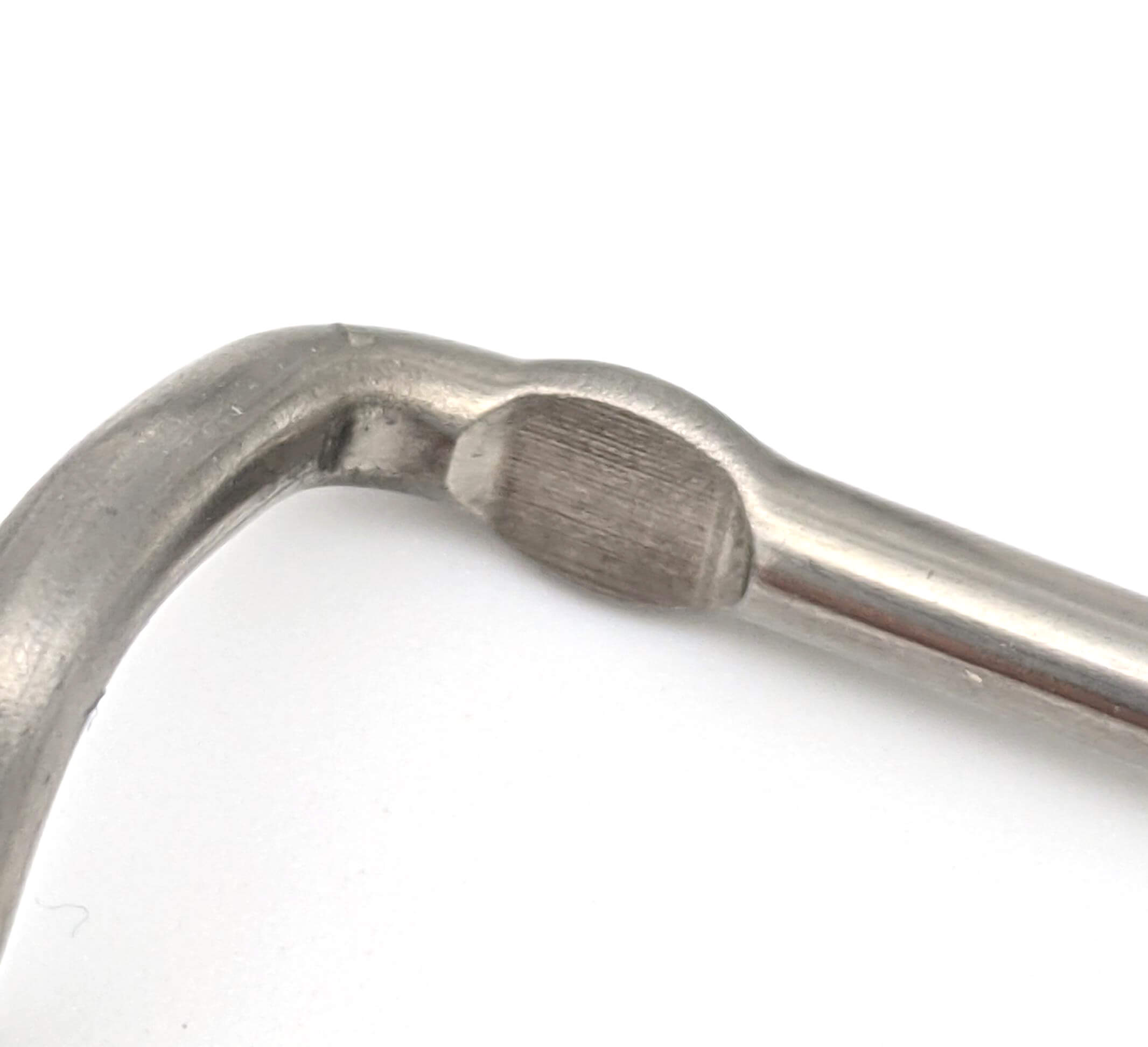Get unique, complex parts easily. No matter your requirements, Chaoyi Spring creates hard-to-produce coil springs and wire forms.
Let us help you create the custom wire form you need, from S-hooks and J-hooks to utility hooks and more.
We work closely with customers across a wide range of industries, helping them design and manufacture made-to-order parts.
Why choose Chaoyi Spring? We prioritize customer-focused collaboration, modern equipment and the latest technology to make your parts per print.
Find the information and guidance you need, from measuring a spring to learning about materials, placing an order and much more.
In the world of mechanics, springs are ubiquitous, playing essential roles in everything from car suspensions to watch mechanisms. But when it comes to springs, there’s more than meets the


In the world of mechanics, springs are ubiquitous, playing essential roles in everything from car suspensions to watch mechanisms. But when it comes to springs, there’s more than meets the eye. Two primary types of springs stand out: torsion springs and extension/compression springs. While both store and release energy, their distinct workings and applications set them apart. This article delves into the fundamental differences between torsion springs and extension/compression springs, shedding light on their unique characteristics, applications, and how to choose the right type for your project.

Imagine a spring not stretching or compressing but twisting. That's the essence of a torsion spring. These unique springs are designed to store and release energy through rotational motion. Picture a mousetrap; the coiled spring snaps the bar when released. This is a classic example of a torsion spring in action. They excel at tasks involving torque, the rotational force applied to an object.
When a force is applied to the ends of a torsion spring, it twists along its axis. This twisting motion stores potential energy. When released, the spring seeks to return to its original shape, applying a twisting force in the opposite direction. The amount of torque generated is directly proportional to the angle of twist. Torsion springs can be found in a variety of applications, from door hinges and garage door openers to clock mechanisms and even car suspensions.
The springs we often visualize – the ones that stretch and compress – are called extension/compression springs. These workhorses are known for their simple yet versatile nature. They are designed to store and release energy when stretched or compressed along their axis.
When an extension/compression spring is stretched, it stores potential energy. Upon release, the spring contracts back to its original length, applying a force in the opposite direction. Conversely, when compressed, it stores potential energy and, when released, expands to its original length, applying a force outward.
These springs are commonly found in everyday objects like pens, mattresses, and car suspensions. They are also used in various industrial applications, such as machinery and robotics.
Here's a breakdown of the key differences between torsion springs and extension/compression springs:
The choice between a torsion spring and an extension/compression spring depends on the specific application. Here are some key factors to consider:
By carefully considering these factors, you can select the most suitable spring type for your specific needs.
Beyond these fundamental types, there are many variations within each category. For instance, torsion springs come in different shapes, including helical (coil-shaped) and flat springs. Similarly, extension/compression springs can be made in various materials, including steel, stainless steel, and even rubber.
The world of springs is diverse and fascinating. Understanding the basic principles of torsion and extension/compression springs will empower you to choose the right spring for your project, ensuring optimal performance and reliability. Whether you're building a simple toy or a complex machine, selecting the right spring is a crucial step in achieving your design goals.
In conclusion, torsion springs and extension/compression springs are two distinct but equally important components of many mechanical systems. Their differences in force application, motion, and energy storage make them suitable for a wide range of applications. Whether you need a spring to twist, stretch, or compress, a thorough understanding of their characteristics will help you choose the right spring for the job, ensuring a successful and efficient outcome.
Browse some of the custom wire forms and springs that we manufacture. Don’t see what you need? We specialize in made-to-order products that meet your application requirements.
Visit Our GalleryNeed a custom wire form or coil spring? We make it work. Fill out the contact form and a representative will respond within 1 business day. If you have a PDF or CAD file, you can submit to request a quote.